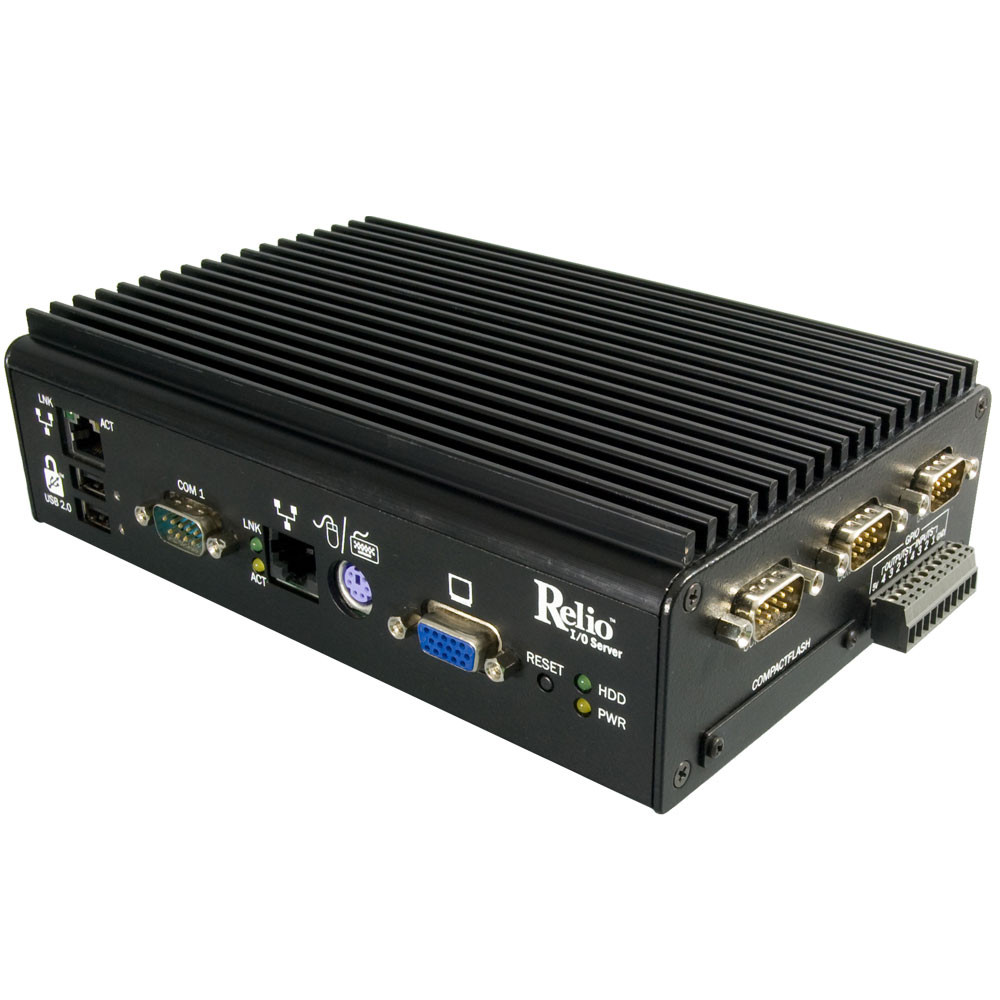COM-HPC: The New Standard in Modular Computing

COM-HPC stands for Computer-on-Module for High Performance Computing and is the next-generation standard for modular computing systems. As technology continues to advance, demands grow for increased processing power, especially in artificial intelligence, deep learning, 5G and edge applications. COM-HPC serves as a high-performance upgrade to COM Express to meet these demands. COM-HPC is governed by the PICMG industrial group and was created by an international workgroup of COM manufacturers.
The COM-HPC Advantage
COM-HPC offers higher bandwidth and more connector pins than previous COM standards. It also has space for up to 1TB of DRAM, 64 PCI express lanes and eight 25-GbE interfaces. Overall, COM-HPC offers more memory performance, more I/O performance, more power and faster interfaces.
COM Express was created targeting x86 processors. However, many alternatives like ARM or RISC processors exist today. System-on-chip devices that combine processors with GPUs and FPGAs for higher processing and energy efficiency have also been developed. Instead of being limited to x86 processors, COM-HPC uses open standards and interfaces to support a wide range of applications and architectures.
These open interfaces allow COM-HPC to be used as an endpoint or target device. Thus, heterogeneous modules can be combined to create flexible architectures that would be more difficult to create with COM Express. This flexibility allows COM-HPC to be used in slave mode, where one device operates under the control of another.
The demand for additional compute at the edge driven by vision applications can be difficult to fulfill using traditional compute products that are available today. COM-HPC provides an opportunity to deploy higher performance processors with video offload engines at the edge. COM-HPC allows a level of applications to run at the edge that was not previously possible.
Ingrid Lancaster, Vice President of Sales, The Americas, ADLINK Technology
COM-HPC Client vs. Server Modules
Server COM-HPC modules are large (160 or 200 x 160mm), which allows for increased PCI lanes, Ethernet ports, CPU size, accelerators, memory modules and cooling requirements. Sever modules are suited for server, communications and artificial intelligence applications where extensive processing and connectivity is needed. More specific applications include areas like autonomous driving, unmanned aerial vehicles, robotic surgery, automatic drilling control, 5G base station management and extreme rugged servers.
Client COM-HPC modules are smaller (92, 120 or 160 x 120 mm) and suited for graphics-oriented tasks like medical imaging, video surveillance, and gaming applications. Its smaller size supports leaner systems than the server module.
The CPU community has made tremendous strides in performance in their most recent product releases. Among these improvements are faster ethernet, more PCIe lanes, and other new and faster interfaces. It became evident that System Designers would not be able to take advantage of these enhancements if the CPUs were delivered on existing COM Express modules. Specifically, for the “Server-on-Module” designs vs the “Computer-on-Module” designs, the current standard was not sufficient. So COM-HPC was created to address these needs. It allows designers to take full advantage of the new hi-end CPUs. COM-HPC supports PCIe Gen 5.0, 64 PCIe Lanes, a Min of 25 Gb Ethernet per signal pair (to support 100Gb Ethernet), more memory, and a new COM-HPC connector that will allow growth for many generations to come. But as one important note: This is NOT a replacement for the current COM Express specification. COM Express is perfectly suited for most applications today. Instead, COM-HPC is an extension of the standard, allowing designers to confidently take advantage of modular designs now and into the future.
Kerry Erwin, Regional Sales Manager, congatec
COM-HPC vs. COM Express
Though COM-HPC serves many of the same applications and markets as COM Express, it is not a replacement technology. COM Express is suited to general embedded purposes, while COM-HPC is suited to high performance. COM-HPC is also more expensive than COM Express, and COM Express designs can be more compact than COM-HPC. The two technologies should be evaluated for best use in each individual application.

Computer on Module
COM Express is a widely supported implementation of Computer on Module design. The COM Express architecture reduces the complexity, cost and time required for custom computer system design by combining the processing, memory, video, Ethernet and USB functionality in a small, highly-integrated module. COM Express modules install on a carrier board that provides the application-specific I/O and external connectors best suited for the system requirements.

Industrial Computers
Designed for OEM applications where ruggedness is a must, the Relio™ family of embedded I/O servers combines the reliability of a PLC with the configurability of an industrial computer. Relio systems require no fans or other rotating parts. Your OS and application software run from solid-state disk, eliminating rotating hard drives and resulting in true solid-state operation. Choose from a variety of form factors and processor options, all offering long-term availability and superior life cycle management.
Categories:
